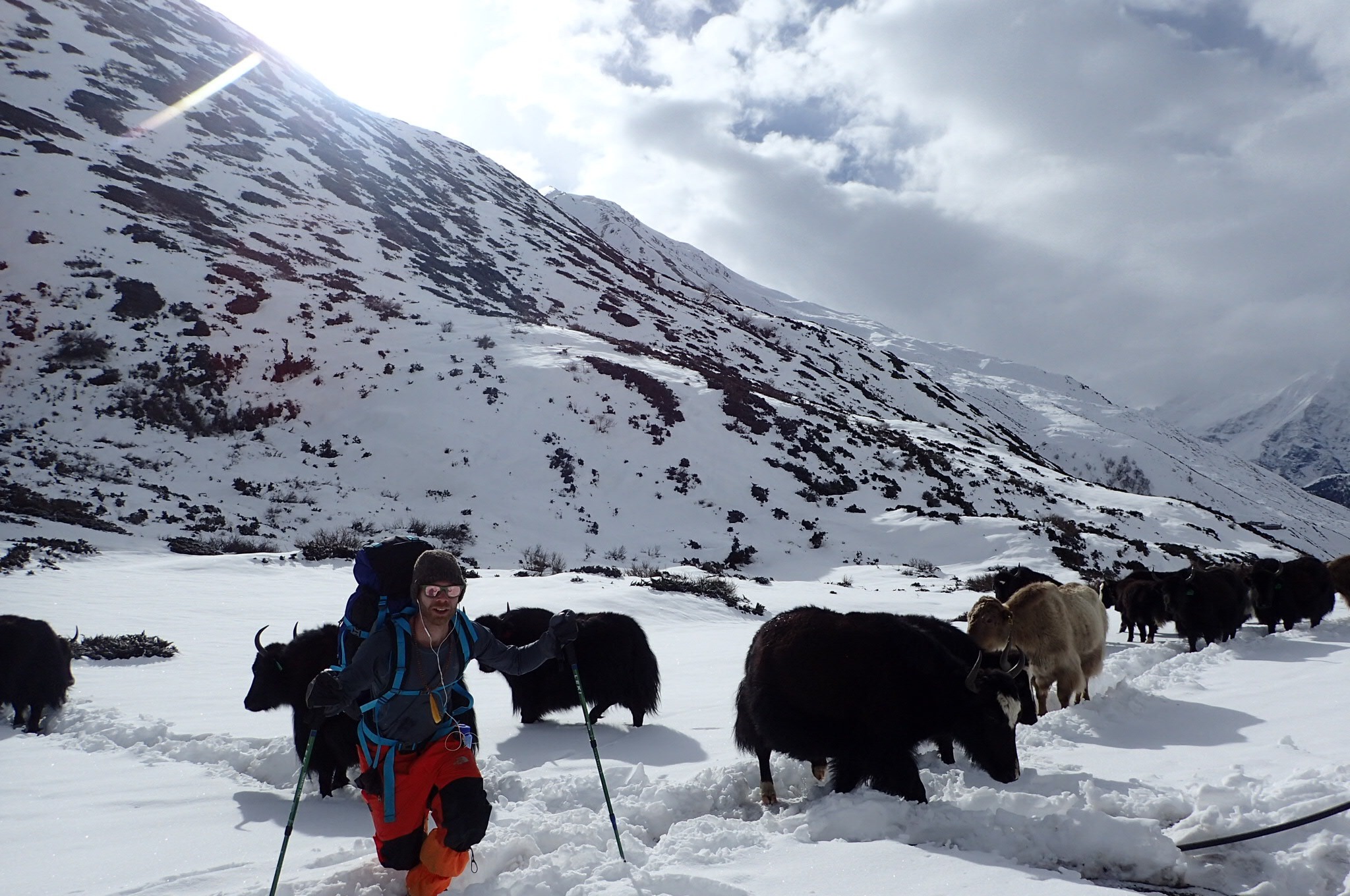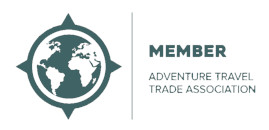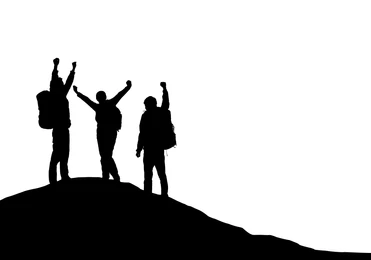My Experience On... The Annapurna Trek
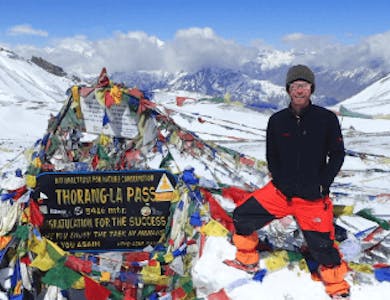
Why the Annapurna Circuit Trek?
I decided to do the Annapurna Circuit Trek after travelling through Indonesia with a lot of surfing and sun so I wanted a bigger challenge and to be in the snow. The mountains of the Himalayas were going to be the highlight at the end of the trip. Because of all the snow, Annapurna was the safest option in the snowcapped mountains of Nepal. It's also an A to B route rather than Everest Base Camp where you go up and then back on the same route so that interested me more with Annapurna.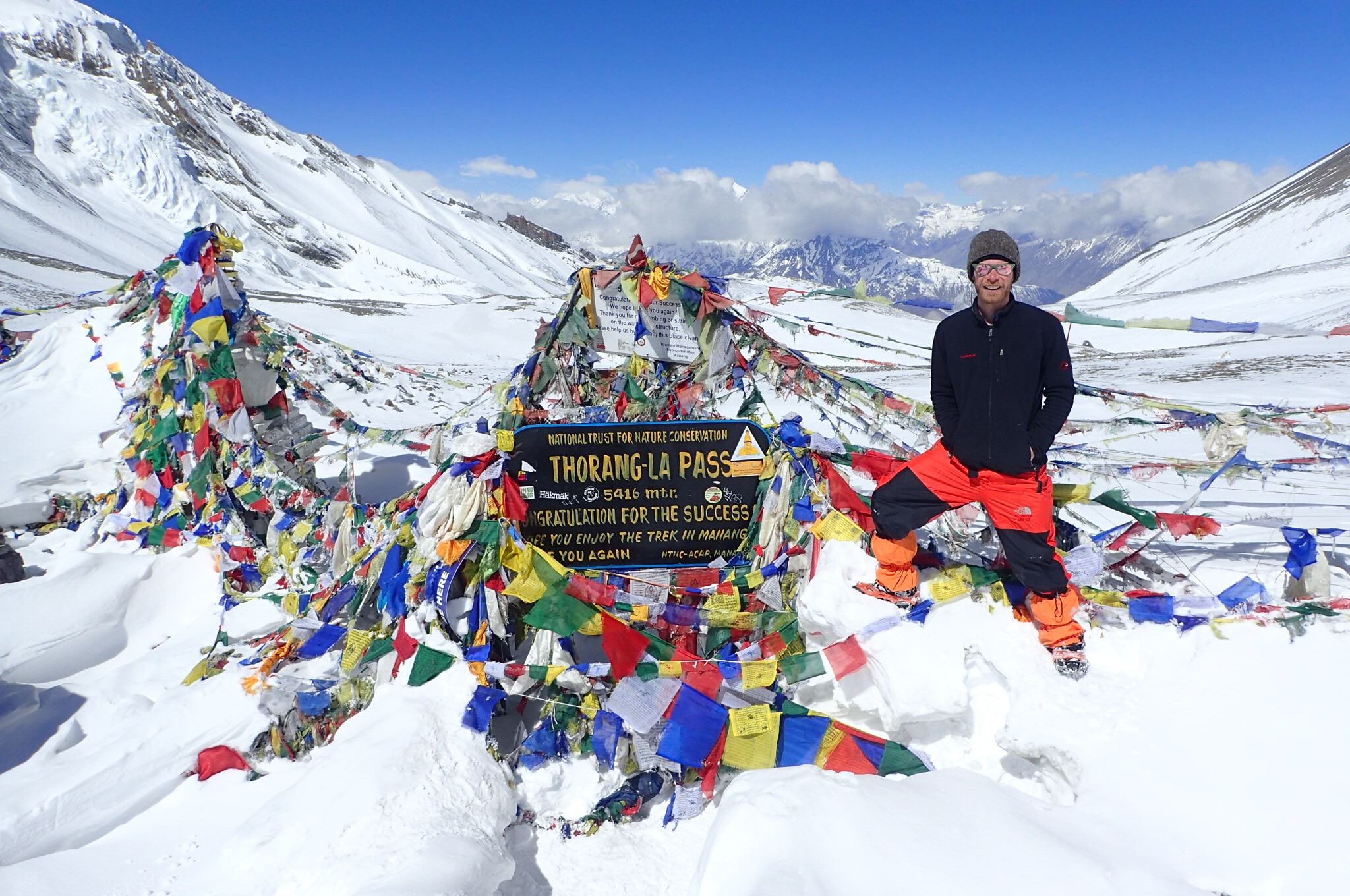
I flew into Kathmandu and from there you can get a bus to Pokhara quite easily. It's about 2 hours, and it's a very bumpy road. Roads in Nepal leave a lot to be desired. Expect to be jumping about a lot! The first trekking point is about an hour from Pokhara, where a lot of people plan their route and celebrate afterwards.
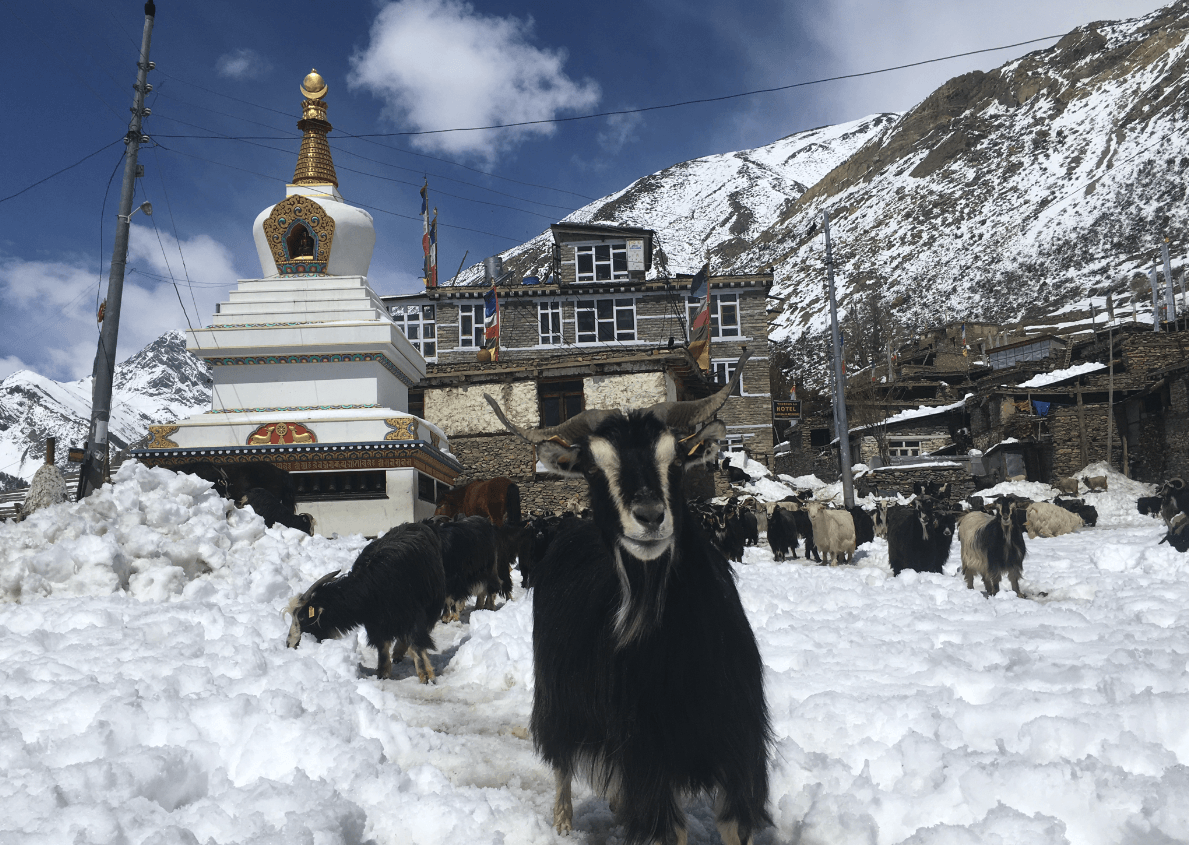
Best and worst parts
There's so much in terms of adventure seeking you get from a route like that. The first thing that comes to mind is the views. The Himalayas are exceptionally beautiful, like no place in the world. The wilderness you encounter, and wildlife is incredible! The best moment might be when I saw a yak for the first time. The most challenging part would be the top. Of course, it's the most altitude up there. Annapurna is quite high, the highest pass in the world actually! It's also slightly higher than Everest Base Camp. It took me 10 days to get up, and you lose oxygen in your blood more and more the higher you get. Also the higher you get too the conditions get more snowy, colder. It does get tough up there. But as you acclimatise you get stronger as well.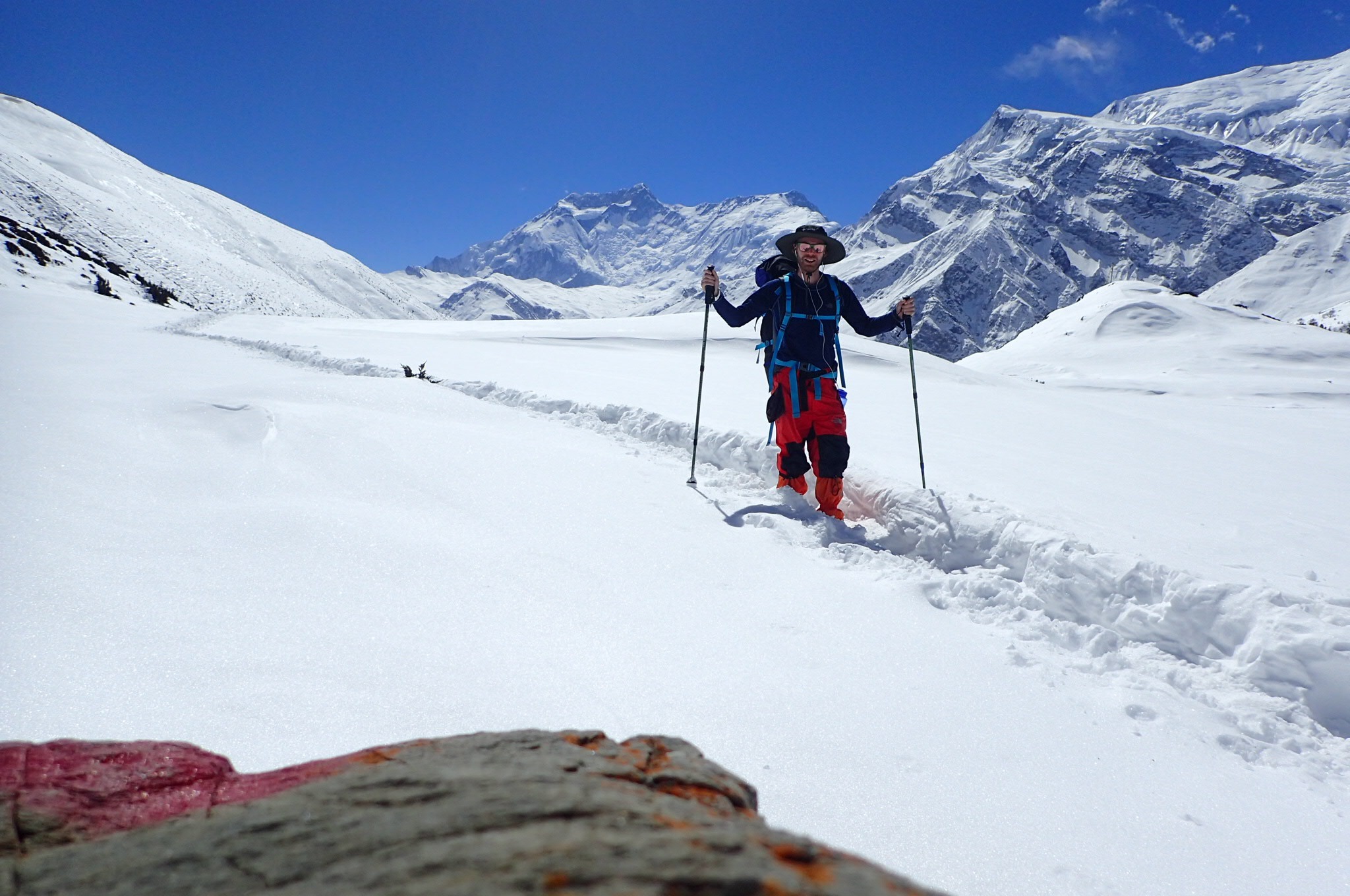
Training
I didn't do that much conscious preparation or training for Annapurna. Probably because I'd been surfing for months, I was fairly aerobically fit. I'd done a few jungle treks as well. But nothing that prepared me for the altitude. I'm not much for trekking usually, and walking for hours on end. But I found it exceptionally enjoyable and something I'd really recommend! I'd say If you're someone who usually goes on holiday to do an adventure, or if you're a runner or cyclist then you should have no problem doing Annapurna. Even if you do country walks, you pretty much are going to be ok. It's a very gradual climb to get to the summit and then 10 days of going back down. That's why it's quite popular as it's not AS tough as some other treks.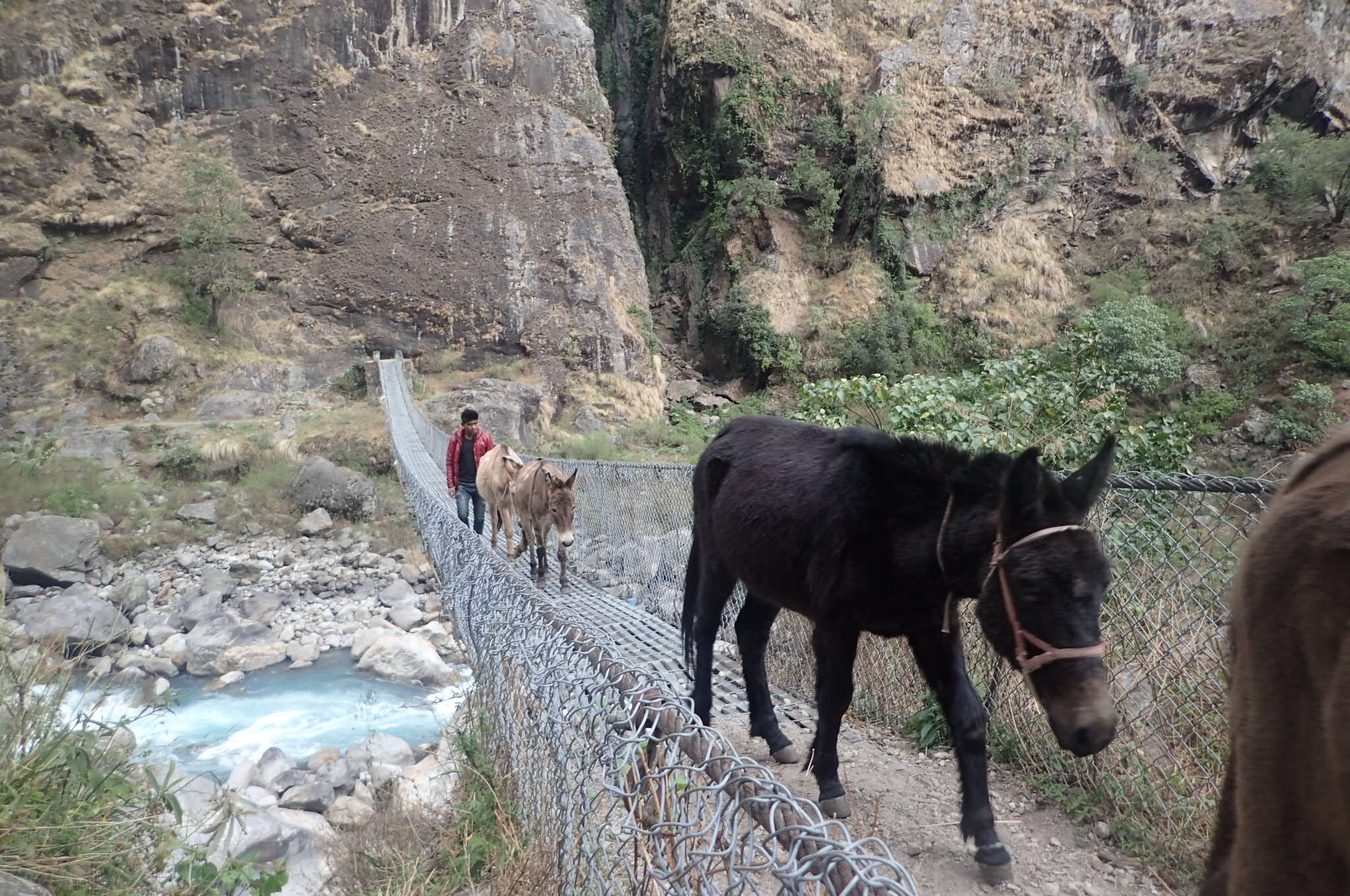
Altitude Sickness
Did I suffer from altitude sickness on this trek? Yes, I did! Not majorly, just slightly. I had been walking for about 4 or 5 days and you get to an area called Menang which is over 3400m. It was my first night there where you're supposed to stay for a few days to acclimatise. I started waking up quite a bit during the night, which was a symptom of it. But I was really lucky actually and stayed in a lodge that was frequented by a doctor team. After I suffered a little bit I went to the doctors, paid 20 dollars and they did a check up and the doctor checked how much oxygen was in my blood. He said it was just an early sign of it. I took a tablet called Diamox to remedy the oxygen going into your blood, so you can deal with the altitude sickness much better. I recommend everyone to take some that are doing this trek (check with your doctor first).The gear
The gear was a tricky thing to whittle down. I was carrying my own stuff and sleeping in lodges. I brought a really good sleeping bag, a good jacket for minus conditions. You have to be really strict with how much you bring unless you have a sherpa or porter. To give you an idea I had one set of thermals maybe a spare t-shirt, socks. I had to keep the bag to a good weight of 10kg.Accommodation
The accommodation varies quite a bit as your going up. It starts off, not luxurious but pretty nice around 1000m. Obviously the higher up the higher it is the harder it is to carry items up there. So expect it to get a little more basic. You can also camp as well. It would be really fun, it's probably what I'd do next time.Safety
Did I ever feel unsafe? I don't think I ever felt really unsafe. But you have to understand that its an unpredictable mountain. But with the right guide and the right planning, you should be perfectly safe. There are rangers on the mountains who check you as you go along. That was really good, so you could check how many people were on the mountain, how the weather was predicted to be until the next checkpoint. The rangers are very aware of safety measures.
